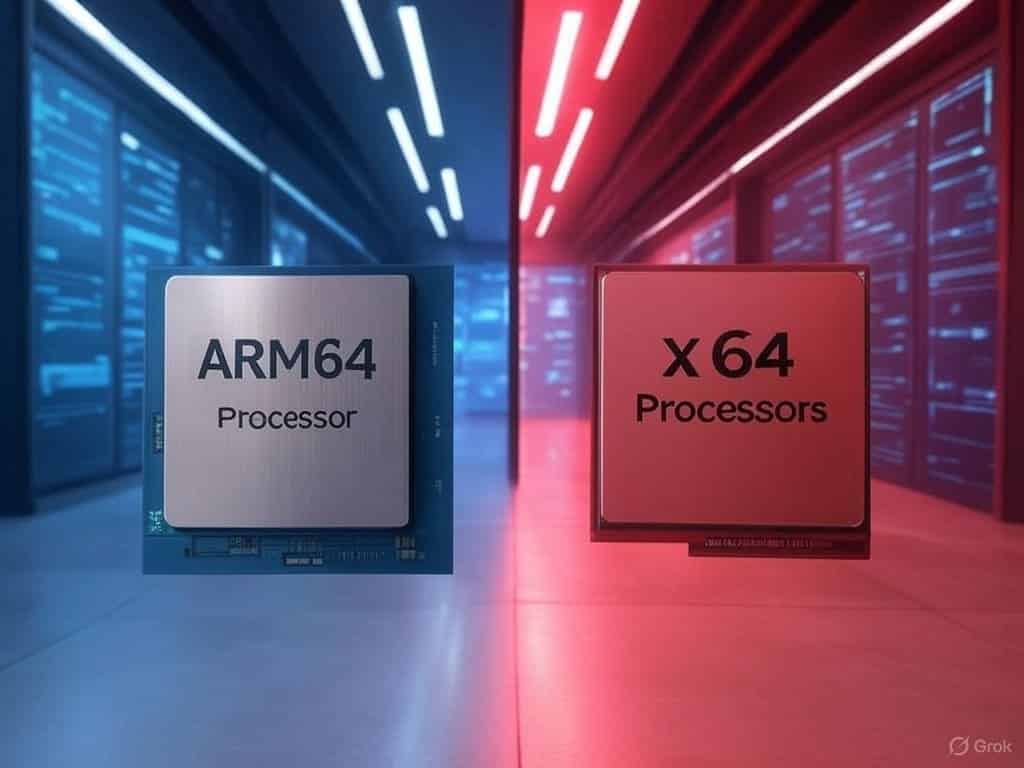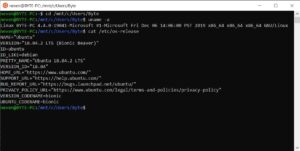In the fast-paced world of technology, selecting the right processor architecture can significantly impact performance, efficiency, and operational costs. While ARM processors are gaining traction in consumer devices, their influence in the server space is even more transformative. The chosen architecture can determine cloud infrastructure efficiency, application performance, and overall business expenses.
What Is CPU Architecture?
CPU architecture defines the fundamental design and operational structure of a processor. It dictates how instructions are processed and executed at the hardware level. Simply put, architecture determines how a CPU:
- Interprets machine instructions.
- Manages data flow.
- Handles computational tasks.
- Allocates memory and registers.
A useful analogy is to compare CPU architecture to an engine’s design, software to a driver’s instructions, and the operating system to the vehicle’s dashboard and control system.
ARM vs. x86: Server Architecture Comparison
ARM and x86 architectures follow fundamentally different design philosophies. ARM is based on RISC (Reduced Instruction Set Computing), which focuses on executing simpler instructions more efficiently, consuming less power. x86, on the other hand, follows CISC (Complex Instruction Set Computing), enabling more complex instructions that can optimize performance using fewer lines of code.
Performance and Power Efficiency
ARM64 has gained traction due to its superior power efficiency, consuming up to 50% less energy compared to x86 processors. This is particularly valuable in data centers, where reducing energy consumption translates to significant cost savings.
Recent performance benchmarks have shown that ARM-based servers processed 54% more requests than their x86 counterparts, with significantly lower latency, making them an attractive choice for cloud-based applications requiring scalability and efficiency.
| Metric | ARM | x86 |
|---|---|---|
| Requests Processed | 8,800 | 5,700 |
| HTTP Failures | 0 | 0 |
| Peak Requests per Second (RPS) | 32 | 21.67 |
| P95 Response Time | 383ms | 893ms |
Software Compatibility
Historically, software compatibility has been a hurdle for ARM in server environments. However, advancements in compilers and frameworks have closed the gap significantly. Major operating systems, including Linux and Windows, now offer optimized distributions for ARM, and container technologies like Docker have improved cross-architecture support.
| Software | ARM Support | x86 Support |
|---|---|---|
| Linux Distributions | Full support (Ubuntu, RHEL, etc.) | Universal support |
| Containers | Native Docker support, growing ecosystem | Comprehensive support |
| Web Servers | nginx, Apache | All major servers supported |
| Databases | MySQL, PostgreSQL | Full compatibility |
Cost and Availability
ARM-based processors offer a lower-cost structure due to reduced licensing fees and more thermally efficient designs. This has led cloud providers like AWS to introduce high-performance ARM-based solutions, such as Graviton, offering lower operational expenses compared to traditional x86 architectures.
| Factor | ARM | x86 |
|---|---|---|
| Hardware Costs | Lower initial investment | Competitive at scale |
| Power Consumption | Lower | Higher |
| Support Costs | May require specialized knowledge | Widely available expertise |
Conclusion: Which Architecture Should You Choose?
The choice between ARM and x86 is no longer binary. While x86 remains dominant due to its maturity and well-established ecosystem, ARM is emerging as a strong competitor, particularly in scenarios where energy efficiency and scalability are top priorities.
Organizations managing large server fleets must weigh factors such as software compatibility, operational costs, and specific application needs. In this context, solutions like RunCloud simplify the management of both ARM and x86 servers, enabling seamless deployment, monitoring, and optimization for different architectures.












